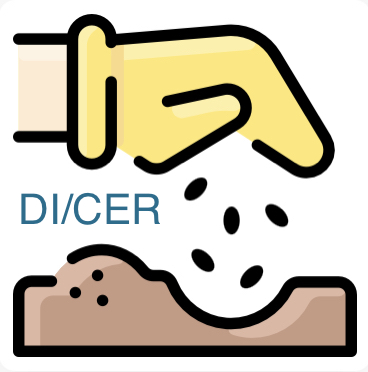The digital future of agriculture
How might we use data and digital technology to make agriculture more sustainable, more ethical, and more efficient?
Go to Challenge | 16 teams have entered this challenge.

DI/CER Dream Team
The agriculture industry has always been synonymous with Australia — from beef, wool and dairy exports, to crop production ensuring Australians always have food on the table. Agribusinesses display a formidable amount of resilience through challenges, including during recent bushfires, floods and pandemics. In fact, Australian farmgate production during the last financial year is expected to reach a record $66.3 billion. However, future viability of the sector depends on its ability to embrace innovation, technology and change, particularly attracting young talent. Open data and Internet of Things (IoT) provides the opportunity to leverage near-real-time data and insights to empower current and future farmers to make informed and timely decisions on how to grow, manage and sustain farm production while protecting the environment. This hack demonstrates a possible solution to securing the future of agriculture, youth education and employment, and the planet we all share, an app targeting pre-university audiences using data from agriculture IoT as a STEM teaching tool to upskill Australia’s future agricultural workforce and improve agribusiness efficiency.
CSIRO’s Data 61 report The Future of Australia’s Agricultural Workforce identified future opportunities for governments, agricultural stakeholders and communities to facilitate the transition to Australia’s future workforce, including: placing a greater emphasis on equipping students with relevant skills and knowledge at every stage of education; and establishing open data initiatives. It noted the next generation of farmers is shrinking due to the migration of youth to major cities. Data from the Department of Industry, Science, Energy and Resources (DISER) showed only a small number of graduates are taking up employment in agriculture, but science, technology, engineering and mathematics (STEM) related occupations are growing significantly faster. The Department of Agriculture, Water and the Environment (DAWE) data further emphasised more work needs to be done to ensure workers have the necessary STEM skills to accommodate a digital agriculture future, but non-formal education methods may be more productive. Global reports highlighted key barriers to sustainable agriculture, including access to aggregate data and costs.
Description of Use Understanding Australia’s current agricultural workforce.
Description of Use STEM is at the forefront of driving innovation and meeting future job requirements. This datasets helps provide understanding of the level of interest among STEM subjects and careers.
Description of Use To understand the number of recent graduates taking up employment in agriculture.
Go to Challenge | 16 teams have entered this challenge.
Go to Challenge | 13 teams have entered this challenge.
Go to Challenge | 25 teams have entered this challenge.